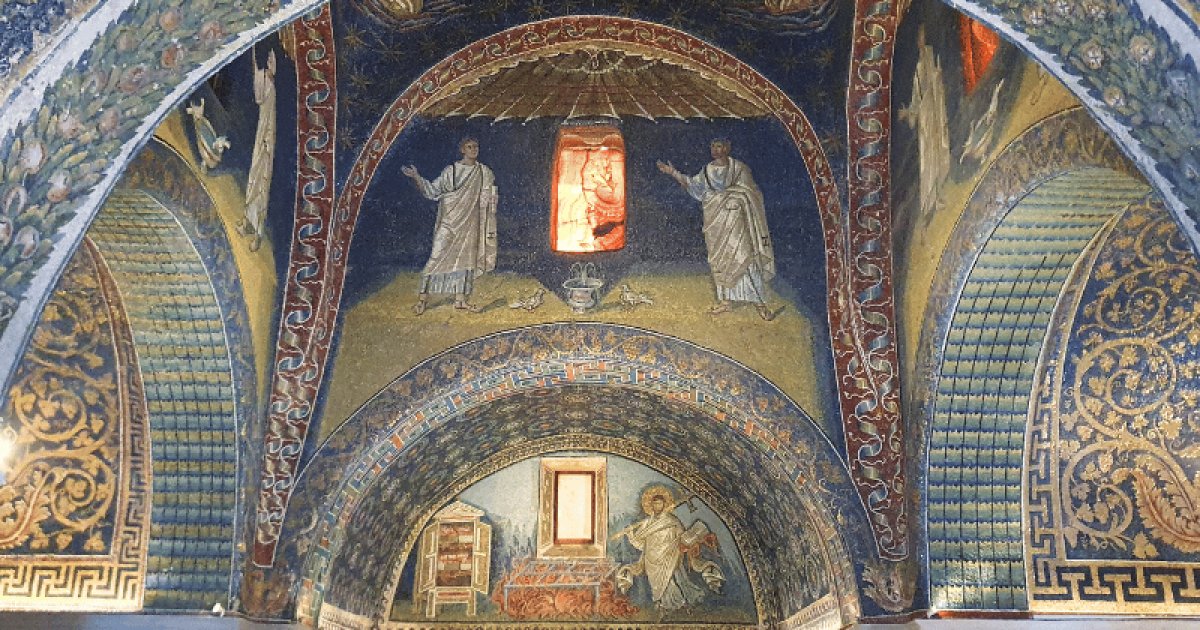MAUSOLEUM OF GALLA PLACIDIA, Presentation And Tour Part 1
 Language: English / USA
Language: English / USA
Hi, my name’s Marcy, and I’m your personal guide. Along with MyWoWo, I’d like to welcome you to one of the Wonders of the World: the Mausoleum of Galla Placidia.
The magnificent Mausoleum of Galla Placidia hides, inside a seemingly simple and modest building, a real treasure: some of the most beautiful mosaics from the Byzantine era.
But who was Galla Placidia? Let's say her resume is impressive: daughter of Emperor Theodosius I, sister of Emperor Honorius, queen of the Visigoths and finally mother of Emperor Valentinian III and a regent of the Western Roman Empire for several years.
Galla Placidia is also credited with the construction of several buildings in Rome and Ravenna, including this memorial tomb reserved for her and other members of the imperial family.
The noblewoman actually died and was buried in Rome, but this masterpiece, built between 425 and 430, remains as evidence of the period.
On the outside, the building with a Latin cross plan has little decoration along the simple brick walls, such as numerous small arches and the quadrangular tiburium, a central structure that covers the inner dome.
Now press pause, walk through the doorway, and let amazement take over.
The contrast between the light outside and the darkness inside is due to the lack of windows, except for small openings.
The first detail that strikes you is the barrel vault ceiling, adorned with blue background with rich decorations. Next let your gaze run over the jaw-dropping dome, deep blue, with a gold-colored cross in the center and studded with golden stars. You can see the symbols of the four evangelists around you: the lion of St. Mark, the ox of St. Luke, the eagle of St. John, and the winged man of St. Matthew.
With the entrance behind you, if you look at the lunettes on your left you see the apostles depicted, including St. Paul along with St. Peter holding a key.
Still with your back to the entrance, facing you, in another lunette you see a large fire, covered by a grate: it represents the martyrdom of St. Lawrence, about to be burned alive. To the left of the fire, you see a cabinet containing four books: these are the four gospels.
An interesting fact: Are you familiar with Cole Porter's well-known song Night and Day? Well, he is said to have written it after visiting this wonderful mausoleum.



